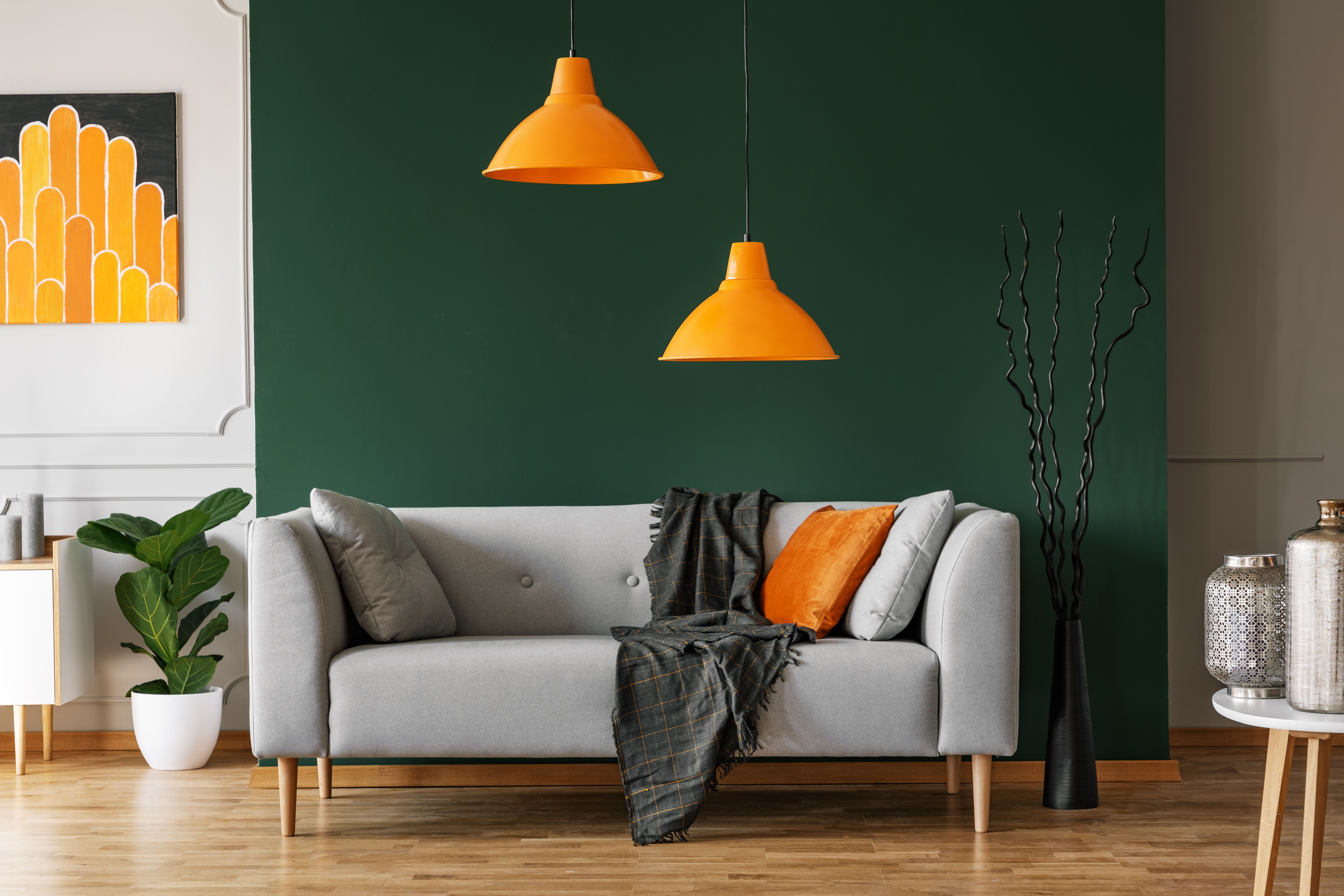Understanding Color Temperature: A Beginner’s Guide to Lighting Your Home

Choosing the right lighting for your home can dramatically affect the mood, functionality, and overall aesthetic of each room. One key factor to consider is color temperature, which influences how light appears and feels in a space. This beginner’s guide will help you understand color temperature and choose the ideal light for every room in your home.
What Is Color Temperature?
Color temperature refers to the hue of a specific type of light source, measured in Kelvin (K). It ranges from warm tones (lower Kelvin values) that appear yellowish or orange to cool tones (higher Kelvin values) that look bluish or white. Understanding these differences can help you create the desired atmosphere and functionality in your living spaces.
Warm Light: Creating Cozy and Relaxing Spaces
Warm light typically falls between 2700K and 3000K on the color temperature scale. This soft, yellowish glow is perfect for rooms where you want to feel comfortable and relaxed, such as living rooms, bedrooms, and dining areas. Warm lighting enhances warm colors like reds and oranges making these spaces inviting.
Cool Light: Enhancing Focused Tasks
Cool light usually ranges from 3500K to 4100K. It offers a bright white appearance that helps increase alertness without being too harsh. This makes it suitable for kitchens, bathrooms, offices, or any workspace where clarity is important. Cool lighting highlights blues and greens effectively.
Daylight Lighting: Mimicking Natural Sunlight
Daylight bulbs have a color temperature between 5000K to 6500K, producing a very bright white or slightly bluish tone similar to natural daylight. These lights are excellent for areas that require detailed visibility like craft rooms or garages but might feel too intense for relaxing environments.
Tips for Choosing the Right Light for Each Room
Consider both function and ambiance when selecting bulbs. Opt for warm lights in social or restful spaces; choose cool lights where precision matters; use daylight bulbs sparingly where natural light doesn’t reach well but tasks require accuracy. Also think about dimmable options so you can adjust brightness according to time of day or activity.
By understanding color temperature basics, you can tailor your home’s lighting to suit each room perfectly—making your living environment more comfortable, functional, and visually appealing.
This text was generated using a large language model, and select text has been reviewed and moderated for purposes such as readability.


